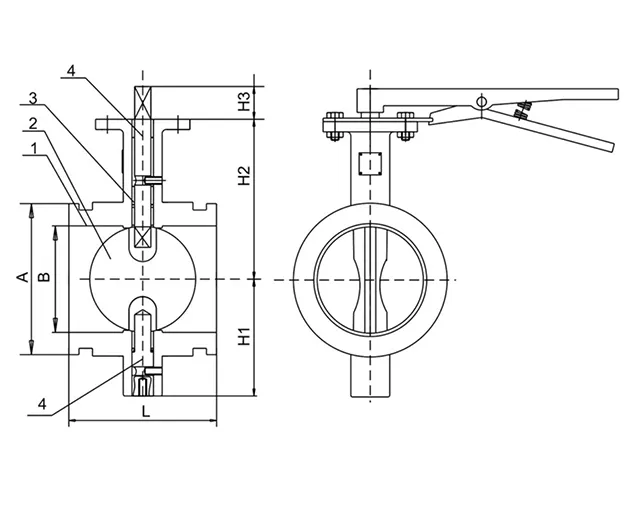nov . 05, 2024 09:51 Back to list
rubber joint flange
Understanding Rubber Joint Flanges Functionality and Applications
Rubber joint flanges are essential components in various piping systems used across different industries. Their primary function is to provide a flexible connection between two pipes or equipment, allowing for movement and minimizing stress on the connected objects. This flexibility helps in accommodating thermal expansion and contraction, vibrations, and misalignments that may occur in fluid systems.
Composition and Design
Rubber joint flanges are typically made of elastomeric materials such as natural rubber, neoprene, or EPDM (ethylene propylene diene monomer). These materials are chosen for their excellent elasticity, durability, and resistance to weathering and chemicals. The design of rubber joint flanges includes a central rubber diaphragm that acts as a cushion, surrounded by metal flanges at both ends. The flanges are usually made of steel, ductile iron, or other robust materials that can withstand high pressure and temperature.
The construction of a rubber joint flange usually adheres to specific standards, such as ANSI or DIN, ensuring compatibility with various fittings and ease of installation. The flanges may come with bolt holes for secure fastening, facilitating a reliable connection between the piping components.
Key Features
1. Flexibility The primary advantage of rubber joint flanges is their ability to absorb vibrations and movements. This feature protects the adjoining pipes and equipment, reducing the risk of damage and prolonging their lifespan.
2. Ease of Installation Compared to traditional rigid joints, rubber joint flanges are relatively easier to install and replace. Their lightweight nature allows for less labor-intensive handling.
3. Leak Prevention The elastic properties of rubber create a tight seal, minimizing the chances of leaks in fluid systems. This characteristic is crucial, especially in systems handling hazardous materials.
rubber joint flange

4. Corrosion Resistance Many elastomeric materials are resistant to chemicals and corrosive substances, making rubber joint flanges suitable for a variety of environments, including wastewater treatment plants, chemical processing facilities, and industrial manufacturing plants.
Applications
Rubber joint flanges are used widely across various sectors due to their adaptability and reliability. Some common applications include
- HVAC Systems In heating, ventilation, and air conditioning systems, rubber joint flanges help to isolate vibrations caused by pumps and fans, thereby enhancing system performance and comfort.
- Water and Wastewater Management These flanges are extensively utilized in municipal water supply networks and wastewater treatment facilities, providing secure and flexible connections that withstand the dynamic conditions of fluid movement.
- Industrial Pipelines In manufacturing and processing plants, rubber joint flanges facilitate efficient fluid transport while managing the effects of thermal expansion and equipment movements.
- Power Generation In power plants, rubber joint flanges are used to connect various components like pumps, compressors, and turbines, helping to maintain system integrity under operational stresses.
Conclusion
Rubber joint flanges are integral to modern piping systems, offering flexibility, ease of installation, and leak prevention in various applications. Their ability to absorb vibrations and accommodate movements significantly enhances the reliability and durability of connected equipment. As industries continue to evolve, the demand for effective and adaptable solutions such as rubber joint flanges will likely persist, ensuring smooth operations in a competitive landscape. Understanding their functionality and advantages is critical for engineers and professionals seeking to optimize their piping systems.
Share
-
Reliable Wafer Type Butterfly Valves for Every IndustryNewsJul.25,2025
-
Reliable Flow Control Begins with the Right Ball Check ValveNewsJul.25,2025
-
Precision Flow Control Starts with Quality ValvesNewsJul.25,2025
-
Industrial Flow Control ReliabilityNewsJul.25,2025
-
Engineered for Efficiency Gate Valves That Power Industrial PerformanceNewsJul.25,2025
-
Empowering Infrastructure Through Quality ManufacturingNewsJul.25,2025